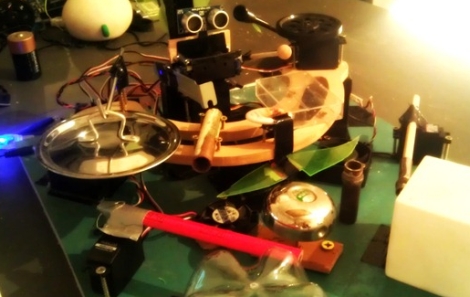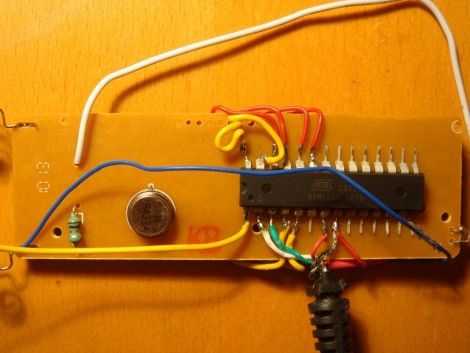
This Lego Tachikoma drives and walks just like in the TV program. You simply must take a peek at the video after the break. We’ve watched it several times and don’t think there’s any editing magic going on. But the movements are so intriguing part of us thinks there’s something fishy about it.
Each leg has a wheel that is connected to a motor via chain drive. But the little guy isn’t constrained to smooth hard surfaces. When the going gets rough, he struts his stuff like an eight-year-old crossing the lawn in roller skates.
This is not just for show and you can build it yourself if you like. The link at the top has assembly instructions. You will need several specialized parts though, not the lest of which is the cement mixer drum halves that make up the rounded blue chassis pieces.
Not sure what the heck this thing is? Don’t feel bad, you’d need to be a fan of Ghost in the Shell to recognize it.










Recent Comments